Storm King State Park
Rate this placeLast Updated: December 27, 2025
Storm King State Park is a beautiful natural retreat located in the state of New York, offering a plethora of reasons to visit and explore its stunning landscapes.
°F
°F
mph
Wind
%
Humidity
Summary
Nestled in the Hudson Highlands region, this park spans over 1,972 acres and is renowned for its picturesque views of the Hudson River Valley.
One of the main reasons to visit Storm King State Park is its breathtaking scenery. The park boasts rolling hills, dense forests, and dramatic cliffs, providing visitors with countless opportunities for hiking, photography, and simply immersing themselves in nature. The park's trails are well-maintained and cater to different skill levels, making it accessible to both novice and experienced hikers.
Several points of interest within Storm King State Park capture the attention of visitors. One such attraction is Butter Hill, the highest peak in the park, which rewards hikers with panoramic views of the Hudson River. Another highlight is Storm King Mountain, famous for its towering cliffs and challenging trails, ideal for adventurous hikers seeking a more strenuous experience.
Storm King State Park also offers interesting historical and cultural aspects. For instance, the park's name is said to derive from its resemblance to the Storm King Mountain, which was named by early Dutch settlers. Additionally, the park encompasses remnants of a former iron mining industry, adding an intriguing layer of history for those interested in the region's past.
The best time to visit Storm King State Park depends on personal preferences and the desired experience. Spring and fall are particularly popular, as the park's vibrant foliage and blossoming flowers create a stunning backdrop for outdoor activities. Springtime offers the chance to witness the park's renewal, while the autumn months showcase a dazzling display of colorful leaves. However, summer also attracts visitors who enjoy swimming and picnicking near the park's lakes.
To ensure the accuracy of the information provided, it is advisable to cross-reference multiple independent sources such as official park websites, travel guides, and visitor reviews.
Weather Forecast
Park & Land Designation Reference
Large protected natural areas managed by the federal government to preserve significant landscapes, ecosystems, and cultural resources; recreation is allowed but conservation is the priority.
State Park
Public natural or recreational areas managed by a state government, typically smaller than national parks and focused on regional natural features, recreation, and education.
Local Park
Community-level parks managed by cities or counties, emphasizing recreation, playgrounds, sports, and green space close to populated areas.
Wilderness Area
The highest level of land protection in the U.S.; designated areas where nature is left essentially untouched, with no roads, structures, or motorized access permitted.
National Recreation Area
Areas set aside primarily for outdoor recreation (boating, hiking, fishing), often around reservoirs, rivers, or scenic landscapes; may allow more development.
National Conservation Area (BLM)
BLM-managed areas with special ecological, cultural, or scientific value; more protection than typical BLM land but less strict than Wilderness Areas.
State Forest
State-managed forests focused on habitat, watershed, recreation, and sustainable timber harvest.
National Forest
Federally managed lands focused on multiple use—recreation, wildlife habitat, watershed protection, and resource extraction (like timber)—unlike the stricter protections of national parks.
Wilderness
A protected area set aside to conserve specific resources—such as wildlife, habitats, or scientific features—with regulations varying widely depending on the managing agency and purpose.
Bureau of Land Management (BLM) Land
Vast federal lands managed for mixed use—recreation, grazing, mining, conservation—with fewer restrictions than national parks or forests.
Related References
Area Campgrounds
| Location | Reservations | Toilets |
|---|---|---|
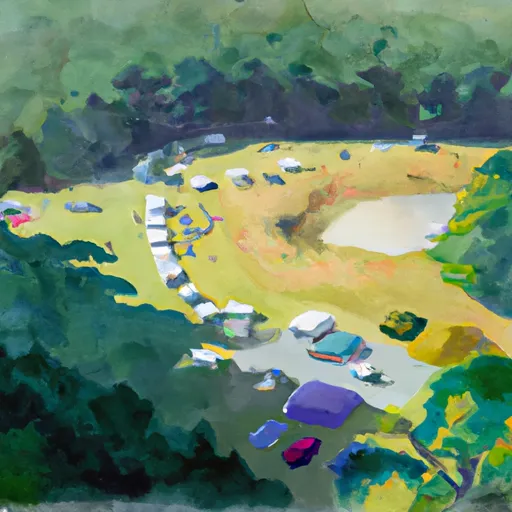 Round Pond Military
Round Pond Military
|
||
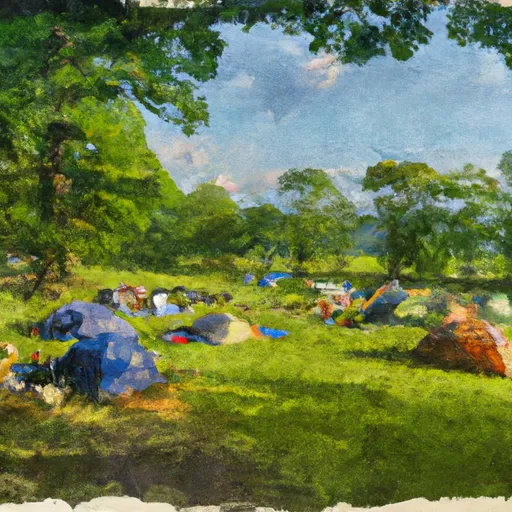 Camping for Hikers on ballfield Graymoor Center
Camping for Hikers on ballfield Graymoor Center
|
||
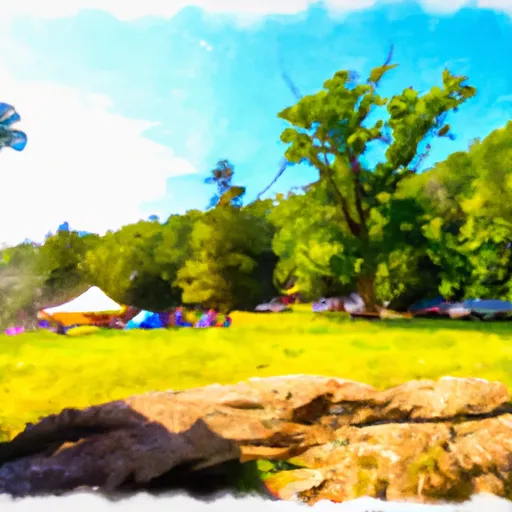 Clarence Fahnestock State Park
Clarence Fahnestock State Park
|
||
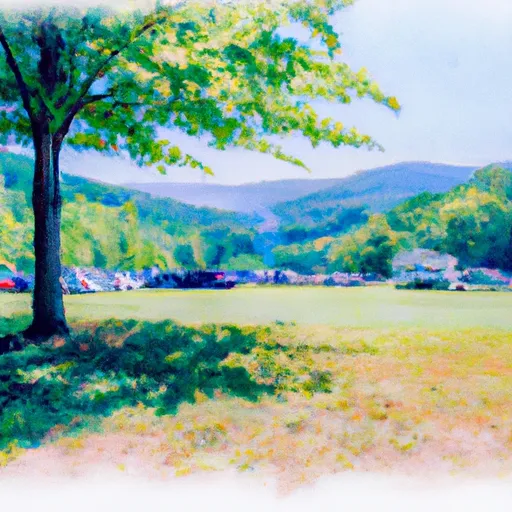 Blue Mountain Reservation
Blue Mountain Reservation
|

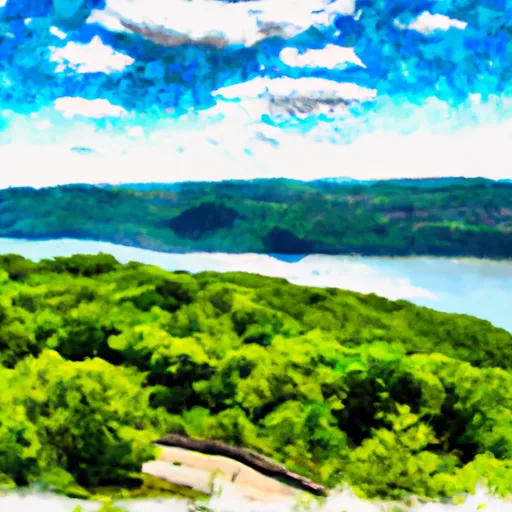 Hudson Highlands State Park
Hudson Highlands State Park
 Roe Memorial Park
Roe Memorial Park
 Harvard Black Rock Forest
Harvard Black Rock Forest
 Riverlight Park
Riverlight Park
 Sand Ring Park
Sand Ring Park